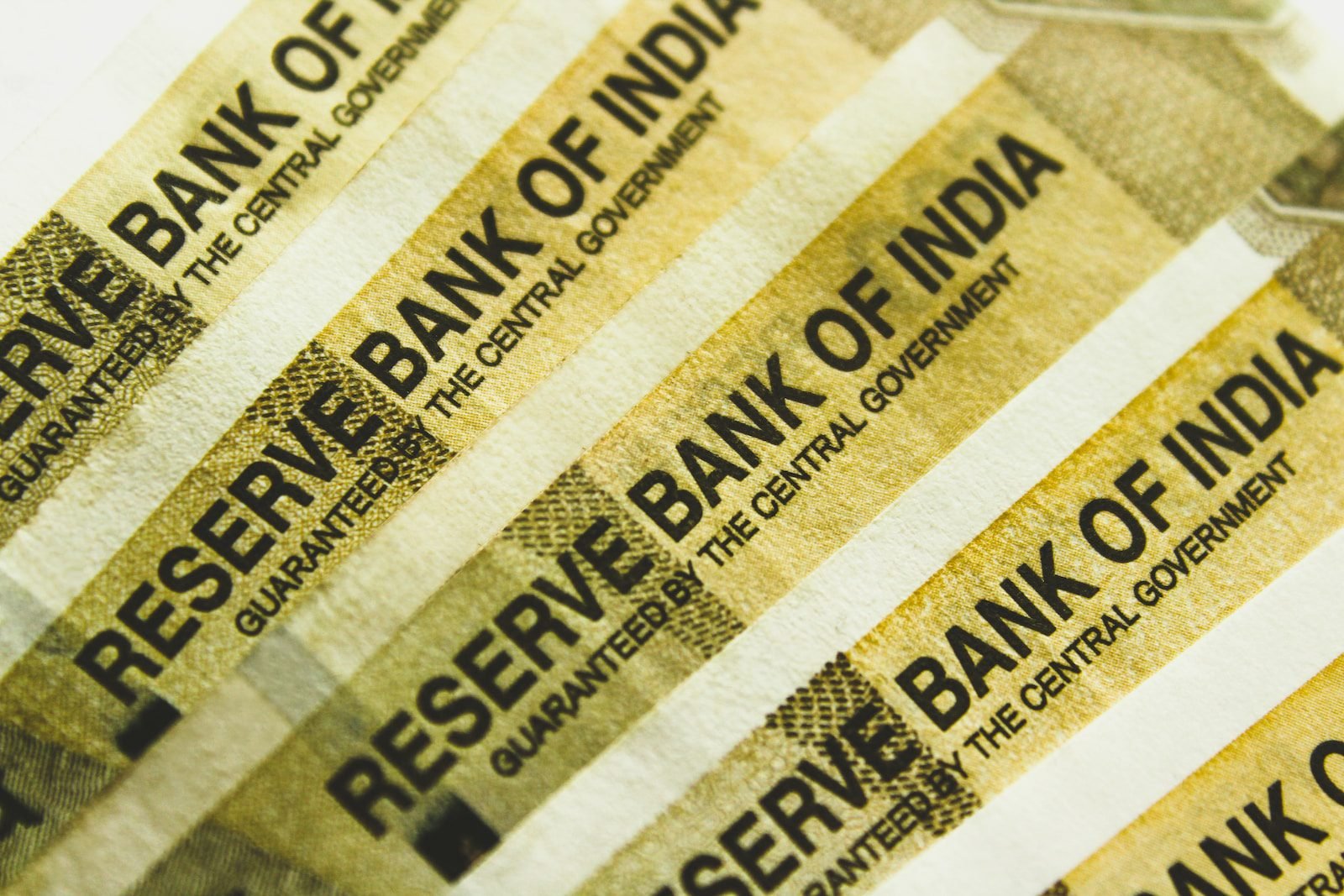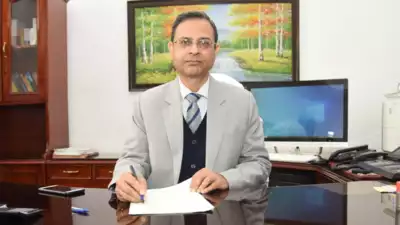Date- May 27, 2023
ICICI Bank, the second-largest private lender in India by market value, has suggested that the Reserve Bank of India (RBI) might find it necessary to purchase government bonds amounting to $18 billion in order to inject additional cash into the banking system. This move is aimed at maintaining the existing levels of liquidity, as the anticipated tightening of liquidity later in the year poses a potential challenge. B. Prasanna, the group head for global markets sales, trading, and research at ICICI Bank, shared these insights during an interview on Monday.
The need for such measures arises from the expectation that liquidity in the banking system is likely to become constrained. This tightening is expected to be driven by increased spending associated with state elections scheduled to take place later in the year. It coincides with the busy credit season in October when the demand for funds typically rises, putting further pressure on the banking system’s liquidity. Prasanna further elaborated that due to state elections and upcoming national elections next year, the currency in circulation is expected to remain high, but people will withdraw cash from the system.
Analysis conducted by Bloomberg Economics reveals that excess liquidity in the banking system has significantly reduced from its peak of approximately 3 trillion rupees in April to about 740 billion rupees. In response to this liquidity squeeze, the RBI recently injected around 468 billion rupees into the banking system through a repo auction, marking the first such injection since March.
However, some financial institutions, including Kotak Mahindra Bank Ltd., have expressed the opinion that the RBI’s withdrawal of 2,000-rupee notes from circulation this month will replenish liquidity and decrease the likelihood of bond purchases in the second half of the fiscal year. This move is expected to infuse around one trillion rupees of liquidity into the banking system. Additionally, the RBI’s higher-than-anticipated dividend payout to the government is also expected to augment cash availability in the system.
Prasanna noted that the current infusion of liquidity has resulted in decreased funding rates, creating an opportunity for a potential rally in shorter-term government notes maturing within a five-year timeframe. He projected that the yield on 5-year bonds could potentially decline to around 6.8%, while the one-year treasury bill yield might fall to approximately 6.75%. However, he emphasized that the 10-year bond market does not offer significant potential for a rally, as interest rates are expected to have already reached their peak.
These measures and projections underscore the potential actions that the RBI may take to address the tightening liquidity in the banking system, driven by factors such as upcoming elections and increased spending. Moreover, they provide valuable insights into the potential impact on government bond yields, particularly in the shorter-term maturity range.
As the banking system braces for potential liquidity tightening, the RBI’s proposed bond purchases of $18 billion are expected to play a crucial role in replenishing banking liquidity. This move reflects the central bank’s proactive approach to maintaining stability and ensuring adequate cash flow within the financial system.
The impact of state elections on liquidity dynamics cannot be overlooked. With key states like Rajasthan, Madhya Pradesh, and Chhattisgarh gearing up for elections, a substantial amount of money is expected to flow into circulation. However, as people withdraw cash from the system, it creates a potential drain on liquidity. B. Prasanna highlighted the significance of these state elections, coupled with upcoming national elections, in influencing the overall liquidity situation.
To put the liquidity situation into perspective, data compiled by Bloomberg Economics reveals a significant reduction in excess liquidity from its peak of around 3 trillion rupees in April to approximately 740 billion rupees. This decline underscores the need for measures to address the tightening liquidity conditions and prevent any potential disruptions in the banking sector.
In response to the liquidity squeeze, the RBI recently injected about 468 billion rupees into the banking system through a repo auction, signaling its commitment to mitigating liquidity pressures. This injection aimed to provide immediate relief and bridge the gap between the demand and supply of funds in the banking system. Although it marked the first such injection since March, it demonstrated the RBI’s willingness to take decisive action to maintain liquidity stability.
While some financial institutions, including Kotak Mahindra Bank Ltd., anticipate that the withdrawal of high-value 2,000-rupee notes will naturally replenish liquidity, there is still a need to address the potential liquidity shortfall that may arise during the latter half of the fiscal year. The RBI’s bond purchases are expected to address this potential shortfall by infusing approximately 1 trillion rupees into the banking system, providing a cushion against liquidity constraints.
Furthermore, the RBI’s recent higher-than-expected dividend payout to the government is poised to have a positive impact on the overall cash available within the system. This additional injection of funds will further contribute to maintaining an optimal liquidity position and supporting the smooth functioning of financial markets.
The infusion of liquidity into the banking system has already begun to influence funding rates. With the reduction in excess liquidity, funding rates have eased, creating favourable conditions for a potential rally in government bonds maturing within five years. Prasanna’s analysis suggests that the yield on 5-year bonds could potentially drop to around 6.8%, while the one-year treasury bill yield may fall to approximately 6.75% as explained before. However, he noted that the longer-term 10-year bond market may have limited scope for a rally, given expectations of stabilized interest rates.
In summary, the RBI’s potential bond purchases, estimated at $18 billion, are aimed at proactively addressing the anticipated tightening of liquidity in the banking system. By replenishing cash reserves and maintaining stability, these measures will support financial institutions and ensure the continued flow of funds within the economy. As various factors converge, including state elections, increased spending, and the withdrawal of high-value notes, the RBI’s actions will be crucial in sustaining liquidity and fostering a conducive environment for economic growth.
Stay informed with the latest market news and insights on CurrencyVeda. Get real-time updates and expert analysis on currencies, bonds, and stocks. Visit CurrencyVeda to stay ahead in the ever-changing financial landscape.




